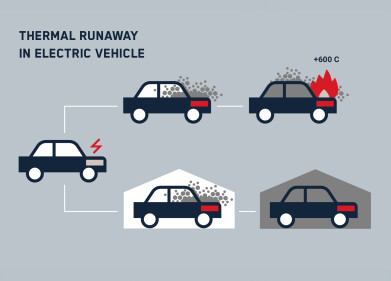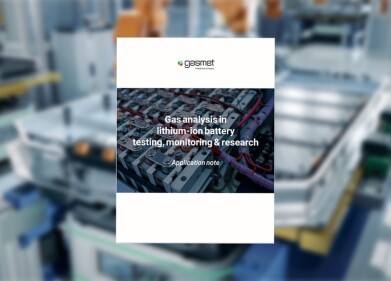Health & Safety
What Is Organic (Methyl) Mercury?
Mar 19 2022
Of all the different types of mercury, organic mercury compounds are considered to the most hazardous to human health. This is due to their high levels of toxicity, their ability to bioaccumulate in animals, thus contaminating the food chain, and their ease of absorption into the bloodstream. Organic mercury compounds are created when mercury combines with carbon, producing several highly toxic elements. Methylmercury is among the most prevalent – and the most dangerous.
That’s because methylmercury is found abundantly in marine ecosystems and is readily ingested by tiny organisms. Because the substance has a lengthy half-life and is not actively excreted by animals, it persists in their system and when they are eaten by larger predators, it can bioaccumulate to alarming concentrations. By the time it reaches our dinner plates, it can attain such levels as to be detrimental to human health.
How is organic mercury created?
Both elemental and inorganic mercury can be converted into organic mercury compounds if they come into contact with sources of carbon. Most commonly, this occurs when microscopic bacteria in soil or water ingests the mercury, combining it with the carbon already present in their bodies and thus producing organic mercury.
Methylmercury is the most prevalent type of organic mercury created via this process and is widespread in fish, shellfish and other marine organisms. As a result, the most prevalent form of human exposure to organic mercury (or indeed, any type of mercury) is through consumption of seafood. However, people can also inhale organic mercury compounds or apply them to their skin. Phenylmercuric acid and thimerosal are other types of mercury compounds often used in consumer products.
How does organic mercury affect human health?
Once consumed, organic mercury can readily become absorbed into the bloodstream and its ability to traverse the blood-brain barrier (BBB) means that it can cause neurological complications for the host human. What’s more, it’s also capable of travelling along the placenta, meaning that unborn children can become contaminated with organic mercury if their mother has been exposed to the substance.
The chief target of organic mercury in humans is the central nervous system (CNS). However, it’s capable of causing health complications for almost all organs of the body, making it a highly concerning pollutant. If allowed to traverse the placenta and infiltrate the brain of an unborn foetus, it can lead to developmental problems after birth, including a higher risk of cerebral palsy in the child.
How and why do we monitor for organic mercury?
Because of the grave health implications of ingestion of methylmercury in particular and organic mercury compounds in general, it’s imperative that food samples are thoroughly tested to make sure they do not contain levels dangerous to humans. Indeed, this is a legal monitoring requirement in an increasing number of countries around the world, with scientific advances allowing for greater precision in the identification and quantification of organic mercury presence.
For those interested in learning more about the health implications of consuming methylmercury and other organic compounds, as well as detailed information on the methods of monitoring used to control its presence, the International Conference on Methane as a Global Pollutant (ICMGP) is set to take place virtually this July. The event will encompass a variety of lectures and talks on all aspects of the issue and more details can be found at the above link.
Digital Edition
AET 28.2 April/May 2024
May 2024
Business News - Teledyne Marine expands with the acquisition of Valeport - Signal partners with gas analysis experts in Korea Air Monitoring - Continuous Fine Particulate Emission Monitor...
View all digital editions
Events
Jul 30 2024 Jakarta, Indonesia
China Energy Summit & Exhibition
Jul 31 2024 Beijing, China
2024 Beijing International Coal & Mining Exhibition
Aug 07 2024 Beijing, China
IWA World Water Congress & Exhibition
Aug 11 2024 Toronto, Canada
Aug 25 2024 Stockholm, Sweden and online









.jpg)








